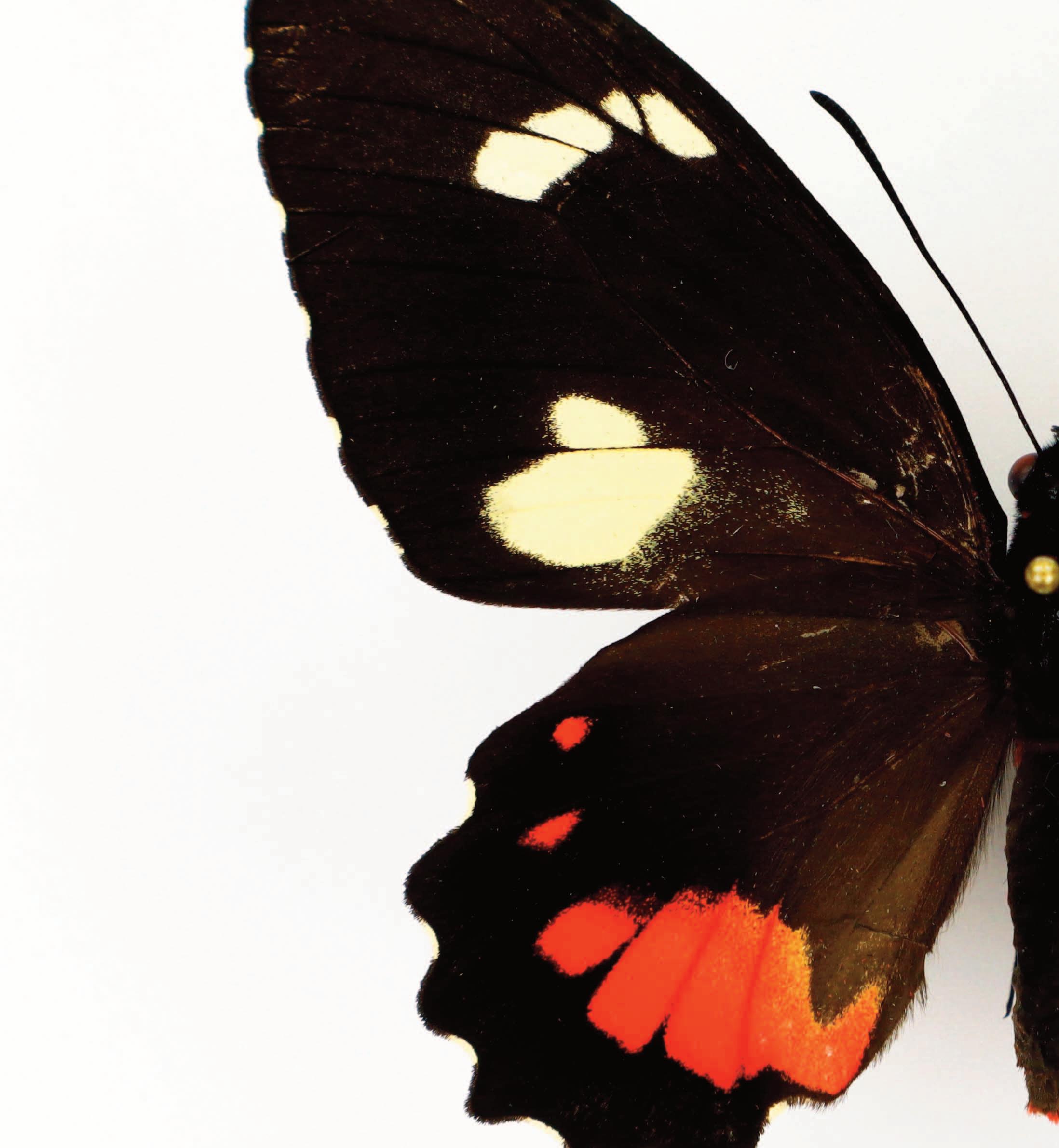

LAST DYE
AN ESSAY
Amy Monticello

LAST DYE
Amy Monticello

The Long Story 2025
Associate Editors:
Editor-in-Chief
Leslie Jill Patterson
Nonfiction Editor
Elena Passarello
Senior Managing Editor
Jennessa Hester
Managing Editors
Naveed Alam
Brock Allen
Marcos Damián León
Bibiana Ossai
Timilehin Alake, Katlin Brock, David Cofer, Cheyann Earls, Jo Anna Gaona, S Graham, Candace Howze, Jennifer Jussel, Jessica Kwasniak, Jacqueline LeKachman, Nikki Lyssy, Shantanu Manke, Priyanuj Mazumdar, Ashley McCurry, Nzube Nlebedim, Kristi Osorio, Pegah Ouji, Kamryn Pitcher, Averi Quick, Mark Robinson, Elizabeth Rosen, Anna Thornell, Alexandria Valentine, Anadi Vincent, Gemini Wahhaj, and Hannah Zhang.
Copyright © 2025 Iron Horse Literary Review. All rights reserved.
Iron Horse Literary Review is a national journal of fiction, poetry, and creative nonfiction. IHLR publishes three print issues and three electronic issues per year, at Texas Tech University, through the support of the TTU President’s Office, Provost’s Office, Graduate College, College of Arts & Sciences, and English Department. For more information, visit www.ironhorsereview.com.
LAST DYE
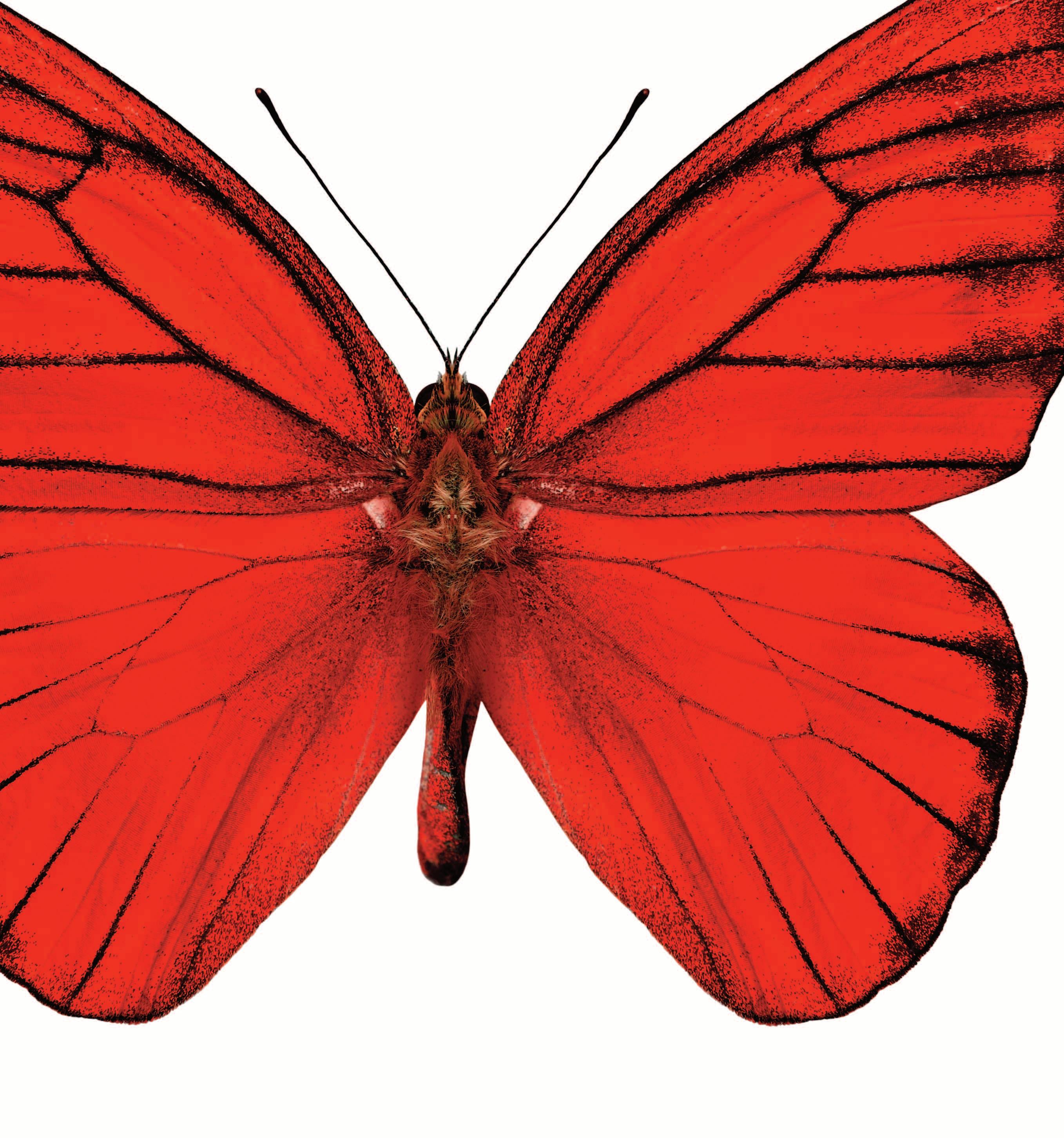

Thefirst time I colored my hair, I was eighteen and bleached blonde streaks into my dark brown waves. This was the year 2000, era of regrettable highlights. Painted in chunky stripes, they started at the root and weren’t blended like today’s balayage or baby lights. At the bar where I waitressed, we all looked like Kelly Clarkson circa “A Moment Like This.”
Like most young women, my appearance was in constant flux. At nineteen, I pierced my nose.1 In college, I hacked my hair into an uneven pixie using plain kitchen scissors in the dorm bathroom. In graduate school, where I met my husband, Jason, I grew it long again, hair rippling down my back.2 I gave bangs a go more than once. A razor cut. Brazilian blowouts. And always, I returned to color—going cocoa, auburn, burgundy. I think most who know me would say my hair—fine-stranded but voluminous, smack at the intersection of wavy and curly—is my most memorable physical feature. As such, I fight with it constantly.
I’d had an errant gray hair or two since high school, but not until around twenty-six did they arrive en masse. After grad school, Jason and I moved to his hometown in the Black Belt of Alabama, where it took a while to find a salon within reasonable driving distance. As I got ready for my teaching job one morning, my three-month roots caught the bathroom’s fluorescent lights. Among the field of auburn-brown were also whole clusters of white. How long had they been there? How many people had already noticed?
Over the next ten years, we moved often, Jason and I both itinerant academics trading one contingent teaching job for the next. We stayed until our contracts or patience ran out, then U-Hauled our way to new gigs. Ohio to Alabama, Alabama to New York, New York to Wisconsin, Wisconsin to Massachusetts. As
1 The bar regulars hated it so much that one of them paid me a hundred dollars to take it out.
2 Some of the men in my MFA program cornered me at a party one night and tried to extract a promise that I’d never cut it again.
Monticello
more white hairs appeared, my first order of business in every new town became finding a salon.
I colored my hair even while pregnant with my daughter. I gave up all the other verboten things—alcohol, sushi, raw veggies for the possible listeria—but opted not to Google “hair dye pregnancy risks” because at the zenith of that unmedicated, labor-attachment parenting, every mom needs a MOBY wrap era of procreation (at least among my cohort of women with humanities degrees), I suspected what the Internet would say about the chemicals that froze my scalp when applied.
For $150 plus tip every six to eight weeks, I could age the way I wanted—or the way I’d been taught. The way all American women are taught. Very slowly. Almost invisibly.

Last Dye 2025 Long Story
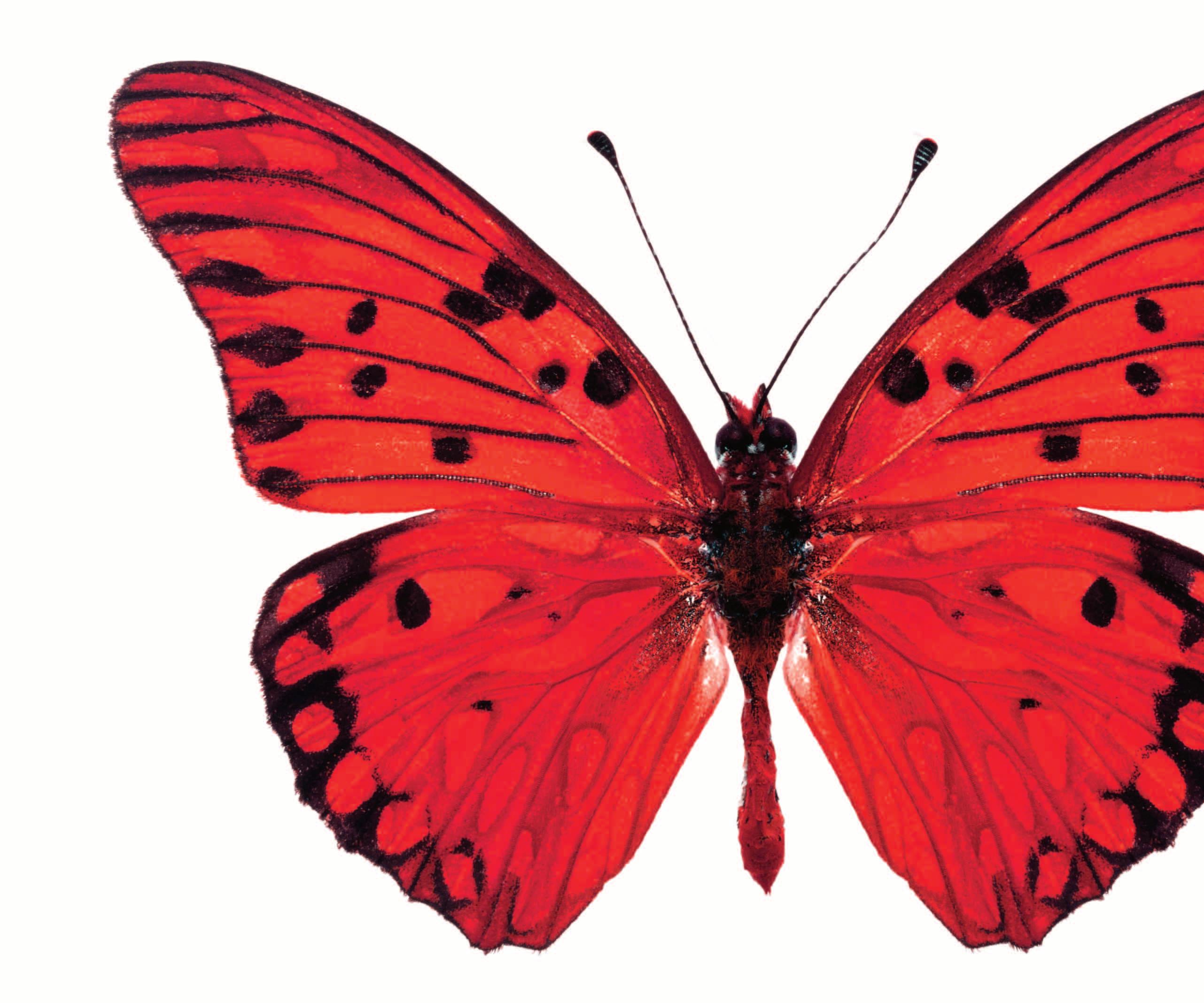
Thelast time I dyed my hair was March 9, 2020. A Monday, the first day of spring break, the day before our university moved classes online in response to a novel coronavirus making its ghoulish way to just outside our doors.
“Three weeks to flatten the curve,” our governor said when he announced the stay-at-home order. His slogan referenced the concern that hospitals would be overwhelmed once the virus hit America in full force. In early March, we still didn’t know much about the allium-like organism that now dominated our newsfeeds, except that people—many people—were dying from it.
Some things arrive on scales so big our imaginations have to rewrite themselves.
There’s a photo of me from that day, the day of my last dye, the day before the day the pandemic became real. On that day, Boston basked in 70-degree weather, a rare delight in the vicious last stretch of a New England winter. Jason and I sat on the back porch of our triple-decker in Jamaica Plain. He made cocktails— maybe sloe gin fizzes, judging by the blood orange liquid in my glass. In the photo, I’m wearing a sleeveless navy jumpsuit with a tie that cinches my waist at just the right spot, and my shoulder-length hair is a mixture of dark brown with the purple-ish balayage I favored then. Two weeks before this photo was taken, my university had tenured me—a career milestone not only for that job but the string of jobs before it. In this photo, I’m on spring break, I’ve got a loud drink in my hand, and I am unmistakably happy.
Looking at it now, the photo calls to mind Colson Whitehead’s dystopian novel Zone One. It’s also about a virus that lays waste to humankind, except this one turns the infected into flesh-eating zombies. As survivors fight to eradicate or at least contain the zombies, they engage in a ritual called Last Night, in which they tell the story of whatever they were doing right before their world suddenly and irrevocably changed. Some Last Night stories end in grisly horror as the virus invaded New York City; the protagonist of the novel came home to find his mother slurping down his father’s intestines in a fellatio-like way. 4 Last Dye 2025 Long Story
My family’s “Last Night” was so quiet and content that I can’t now remember how we spent it.
After the university-wide email came the next morning, Jason and I rushed to pivot our classes online. We also began a sickening wait. Within days, we read the Globe’s first reports of COVID cases in Boston.3
In those earliest days, some colleagues started a group text that would wind up lasting years. We called it the AstroCats after a conversation about what jobs we’d want if our university went under. Someone said “cat astrologist.” In the beginning, we exchanged hundreds of texts a day, updating each other on our disoriented students; our bored, confused, and occasionally destructive children; and our Netflix binges. We all watched Tiger King, which led to a thread so long that one colleague bowed out and never returned. We also once discussed Kate Bush music videos and Army-inspired exercise routines, and of course, we livemessaged during Zoom faculty meetings, watching the screen for flickers of muzzled laughter or imperceptible eye rolls.
Jason finally caved on buying a Peloton on credit when my gym closed permanently, an early casualty of the shutdown. My salon also closed but planned to reopen when the stay-at-home order was lifted. I always kept a spare box of plain brown hair dye in the bathroom cabinet, but my stylist, whom I’d been seeing for years, hated when clients used boxed dye between visits. I hesitated, wondering if the salon would reopen before things got dire with my roots.
A group chat colleague soon began following epidemiologists on Twitter and sent us screenshots of their predictions. The common sentiment among the best virologists in the world was that global pandemics caused by airborne viruses
3 Months later, we’d find out that the virus had already been circulating in our city: the Biogen conference in February 2020 would be declared a super-spreader event responsible, some experts believe, for more than 300,000 cases of COVID worldwide.
Amy Monticello
like COVID don’t usually end in three weeks. It’s more like three years, they said. Minimum.
One day, after we’d gotten used to disinfecting the groceries and I’d perfected my early pandemic lunch of ham sandwiches on potato bread with a side of ranch Doritos and a pickle (the lunch of a child my daughter’s age), Jason caught me inspecting my hair in the bathroom. Not known for tentative speech, my husband leaned against the doorframe and came at the question a little more sideways than usual.
“Have you thought maybe this could be a chance to, you know. . . ,” he said, glancing at the top of my head and smiling.
My face urged him not to finish that sentence. My husband grew up fixing cars with his father in the family body shop. He loves nothing more than to look under the hood of things.
Last Dye 2025 Long Story
Beingmarried to a feminist is generally fantastic, but it does come with certain drawbacks. The biggest, in my experience, is not being able to blame Jason for the things I do to please the patriarchy. My husband’s enlightenment deprives me of my gender-given right to claim I color my hair and shave my legs for him.
Jason has never pressured me to stay eternally young or thin, he’s never cared about leg hair (though he did once ask me to shave my bush so he could give me better head), and he also never protested the dye.
“Pretty,” he’d say when I came home from the salon.
But my hair was one thing about me that hadn’t changed much since we began dating; after my years of experimentation, I’d maintained close to the same color and length of hair throughout our fifteen-year relationship, just as he’d kept the same neat beard.4 When we got married, I left my hair in its natural state, a low updo, and did my usual foundation-less makeup because Jason said he didn’t want someone he’d never met greeting him at the altar.
Okay, so his feminism isn’t perfect.
But that day, as I scrutinized my pandemic roots in the bathroom, he let on his enthusiasm for change. So long as they weren’t too cosmetic (here, too, he fails the feminism test for judging women who get Botox and tummy tucks, whereas I think all C-sections should come with a free tuck), Jason was always excited about my changes. When I was eight months pregnant and got stuck in a classroom desk while teaching; when I was nursing and my boobs were either swollen and veiny or floppy, milk-drained sacks; when I began lifting weights and discovered my deltoids—Jason said a version of the same thing: “I love seeing your body change.”
Sometimes I could just murder him.
4 Once—just once—he shaved it during grad school for a beard-growing competition. The objective was to grow a beard, start-to-finish, over the course of a semester, then see how much beer it could hold by volume. The shock of his clean-shaven face was so severe that I cried facedown on the bed. Of the two of us, I am far less tolerant of change.
Amy Monticello


he year before I went up for tenure—when I worried constantly about our professional futures since I was the one on the tenure track—Jason sent me an article. It profiled an Instagram account called Grombré.5 The account featured women growing out their hair dye to reveal their natural gray. It became the first of many such accounts I would soon follow obsessively.
I was thirty-eight at the time, and it surprised me to find so many women my age on Gray Hair IG. Ditto the variety of hair—I’d never really considered before how different gray could look from person to person. Some women were totally white or completely slate; others, salt-and-pepper. Some had dramatic streaks; others, just a few intermingling strands they still refused to pluck. I found these women mesmerizing. When I stopped to study the tautness of their skin, the brightness of their eyes, they did not appear old to me. The smoke, silver, and pearl in their hair often made their other features brighter, more saturated in color. They all looked stunning in red.
I especially liked side-by-side photos so I could compare before and after dye. “Don’t you think she looks better now?” I’d ask, elbowing Jason next to me in bed as though none of this was his idea and I wasn’t asking him to participate in objectifying other women with me.
He’d glance at my phone. “Absolutely.”
I didn’t show him everything, though. I didn’t show him the photos that spooked me. For some women, often a bit older than me but not always, growing out a completely white head of hair made the demarcation between new and dyed hair cartoonishly stark. Cruella de Vil-stark, only with horizontal color blocking instead of face-flattering striation. Their courage in sharing those photos moved and confused me. They captioned them with statements like It’s just
Grombré: Gray + ombré, to describe the two-toned hair that women sport as they grow out their dye.
Amy Monticello
hair, Who cares? and Feeling liberated. I so badly wanted them to mean it, but my own hangups meant I couldn’t quite get myself to believe.
Many women on Gray Hair IG listed the date of their “last dye” in their bios. Instead of referencing a zombie apocalypse, the phrase borrows the language of addiction and recovery. It implies that hair dye can be habit-forming, and that breaking the habit requires its own kind of sobriety, accountability, and support.
Pre-pandemic, my hair dye habit had become both predictable and precise. At the salon, I made my next appointment for exactly six weeks after that day’s appointment. By the end of week three, I touched up my emerging roots with drugstore spray dye (washable, so my stylist would tolerate it), and from there, my anxiety out in public grew a little each day until I got back in the salon chair.
Rinse and repeat.
Armed with a woman’s “last dye” date, I could calculate the number of months it took her to grow a new head of hair without a smidge of dye left even on the tips. The average grow-out took about two and a half years for women with my length of hair.
Could I withstand 880 consecutive #badhairdays? I didn’t even know how gray I was.6 How awkward would my demarcation line be, and what would it say to people at work? Would it say I no longer gave a fuck? How would not giving a fuck be perceived when I applied for tenure? Would it repulse the fifty-year-old mathematician who sat on the tenure committee and left inappropriate comments on my Facebook photos? Would it endear me to our leather-jacket-wearing female dean?7
I told Jason I wanted to wait a little longer. After tenure, I’d apply for my first sabbatical. If I got that, I wouldn’t have to leave the house for eight months—long
6 Roots, I would learn, are about as accurate as tea leaves when it comes to predicting your gray pattern.
7 When writing, I trusted you’d know the math professor was a man, but I felt I had to specify the gender of the dean.
Last Dye 2025 Long Story
enough to make serious headway on a book, but also long enough to get the most humiliating phase of my grow-out over with in private.
Then I’d present my no-fucks self when I showed up on campus again the following year. I’d wear jeans, even on teaching days. I’d raise my hand at faculty assembly. I’d be tenured, better published, and silver as Emmylou Harris.
Amy Monticello
Coco
Chanel purportedly said, “A woman who cuts her hair is about to change her life.”
The memes that circulate this quote today frame it through the lens of feminine empowerment (usually leaving a bad marriage). I imagine that’s how Chanel meant it. Hair boldness as symptom of burgeoning life boldness.
But women changing their hair—cutting it, letting it go gray, or worst of all, shaving it—has also been synonymous with “breakdown.” Videos of Britney Spears shaving her head in 2007 contributed to a thirteen-year conservatorship during which Spears lost control of her career, her finances, and her children. When prosecutor Marcia Clarke cut her hair during the O.J. Simpson trial in 1995, she was ridiculed in the tabloids and ultimately lost the case.
Women are taught to “age gracefully” but not “let ourselves go.” Before she retired at the age of eighty, a colleague was known not for her decades teaching medieval literature but for the boxed black dye she used on her long, diaphanous hair, which stained her scalp and nails.
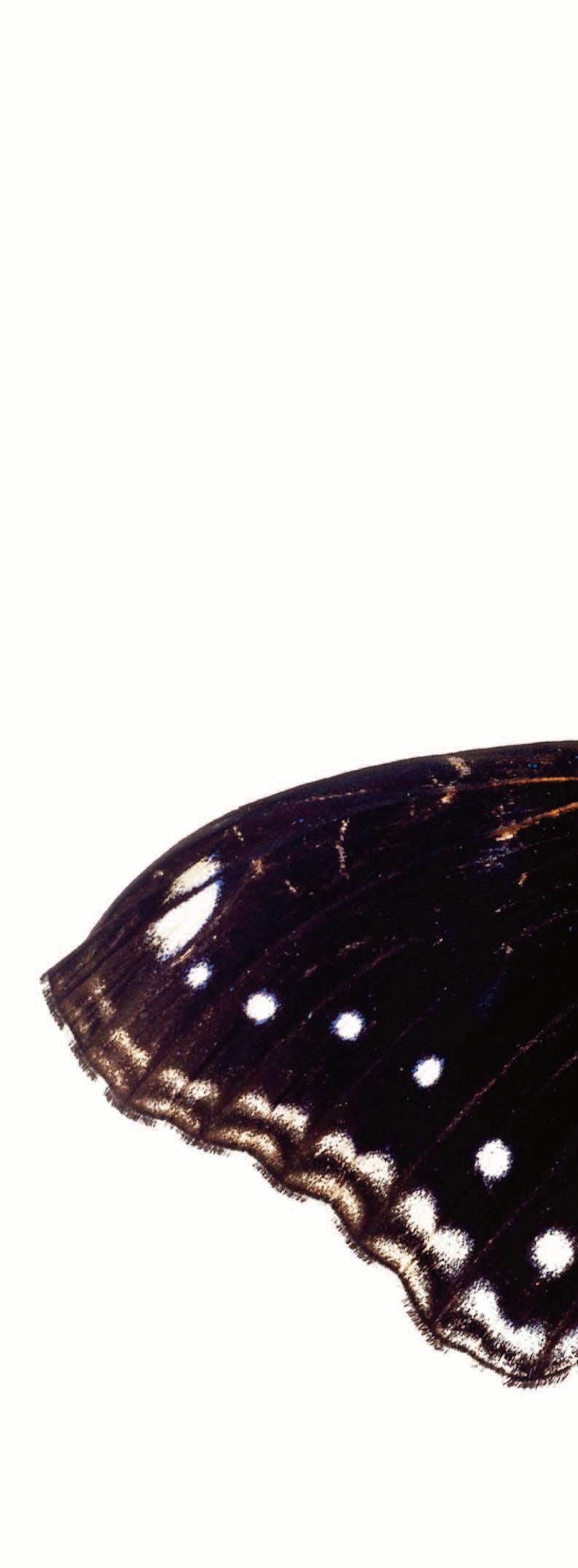

Thephrase she’s let herself go, which I’ve heard as often from women as men, is coded to a particular slate of aging-related changes: gray hair, wrinkled skin, and weight gain. My father “let himself go” in the socialized ways of men—smoking, drinking, and poor diet. He died at sixty-three. At seventy-three, my mother still bakes her special “diet” cookies and judges her health and appearance primarily by the scale. I neither want to die as young as my dad nor eat diet cookies. My middle way includes the occasional 10 p.m. Quarter Pounder or half-container of Phish Food on a Friday night. But these “indulgences” are part of a bargain I’ve made with my fitness app.
When we first got the Peloton, I rode it five days a week for thirty to forty-five minutes. I’d taken spinning classes for years as part of my mental health regimen,8 so my primary goal was just to keep pedaling through the pandemic. I shoe-horned my workouts into my daily teaching and helping my daughter complete the first grade, both on Zoom.
But with Peloton came metrics. Before COVID, I took hour-long classes two to four times a week at a local studio with the other geriatric millennials of my neighborhood. Now, I had home access to thousands of classes and an app that stored a trove of information about my exercise habits. I could track my activity down to the RPM, the BPM, the kilowatt, the calorie. Moreover, Peloton dangled PRs and milestones and shout-outs from celebrity instructors, all of this directly appealing to the teacher’s pet that lives at the core of me. When Emma Lovewell commented on my 1,000th ride post—me standing astride the bike in a teal sports bra, smile stretching my reddened cheeks—with nothing but a heart emoji, I still showed it to people.
The bike lives in our bedroom, where I gaze upon it as lovingly as I do the husband who sleeps between the bike and me. Its convenience also made absorbing
8 I have many regimens.
Last Dye 2025 Long Story
Peloton’s rhetoric nearly seamless. What I might have called the “maintenance cardio” of my pre-Peloton life converted to “training” without my even noticing. It started with Lovewell’s Crush Your Core program, which added core workouts to my weekly cardio. Then I took Intervals and Arms, where I toned my triceps with tiny weights between sprints and climbs. Now, at forty-two, with an unbroken 230-week streak, I aim for 350-400 minutes per week, divided into precise amounts of cycling, shadowboxing, strength, walking, and stretching. Last summer, on a six-day visit with my family in upstate New York, I brought three sets of weights.
Amy Monticello
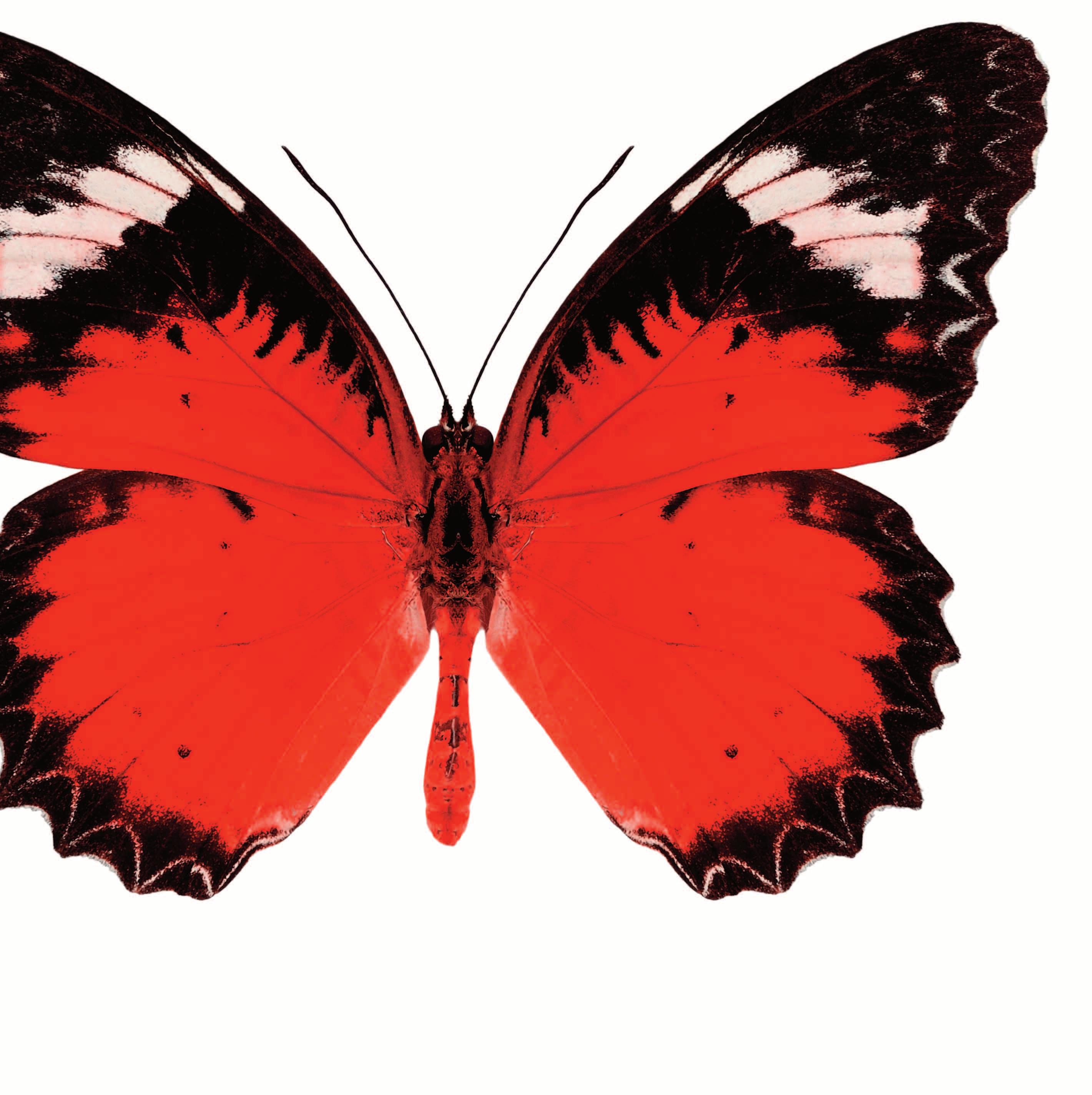

Also in my luggage on that trip was what some might call an excessive number of skincare products. A pH-balanced cleanser. Vitamin C and retinol serums. Peptide moisturizer. Chemical exfoliant and physical sunscreen. Little bottles of marula and rose oil. These products form the backbone of my morning and nighttime skincare rituals, and even though I promise Jason I will pack lighter on our next trip—I know a few days without my products won’t reverse years of dedication—I always end up bringing them all.
My skincare routine is particularly ironic. At fifteen, when I was wishing I weighed a hundred pounds and had pin-straight hair like Kate Moss, my mother told me I had a lovely forehead. “It’s not too big or too small,” she said, standing in our kitchen over the sink.
Sitting on the Formica counter, I looked at her in horror. My forehead? “Why don’t you just tell me I’m ugly, Mom?” I said. I held this so-called compliment against her for years.
Ten years later, I met Jason, who loved not my hair but my skin the most. He touched it constantly. In grad school, lying on his Salvation Army couch, watching Planet Earth, he’d absently run his hand down the side of my face and let it drift across my décolletage. He traced the cables of my neck. He nuzzled behind my ear to smell me.
I barely even washed my face when we met; I certainly didn’t own hundred-dollar creams or know what “actives” were. But when we moved to Alabama after graduation and I immediately set up a blue plastic chaise in the front yard—my Yankeedom unable to resist an eighty-degree day in February—he pointed out the faces of older Southern women and begged me to wear sunscreen.
It wasn’t until our thirties that I began noticing the skin of high school classmates I stalked online. Some of us already had deep lines in our foreheads. Former cheerleaders who spent their winters locked in tanning beds retained their bronzed skin, but it was no longer bouncy, its texture more like crumpled paper. I began reading articles about Korean skincare and double cleansing, how to spot silicones
Amy Monticello
in an ingredient list. My current routine is so ingrained that I’ve woken up after a night of drinking to see that I hadn’t forgotten my moisturizer.
My friend Kate recently commented on a photo, asking what I do for skincare, and I replied with my laundry list of products. I tried to offset the length of the list with the first-world justification that “they’re kind of expensive, but a little goes a long way.”
Oh, thank god, Kate said. I thought you were going to say you drank gallons of water and got eight hours of sleep every night.
Last Dye 2025 Long Story
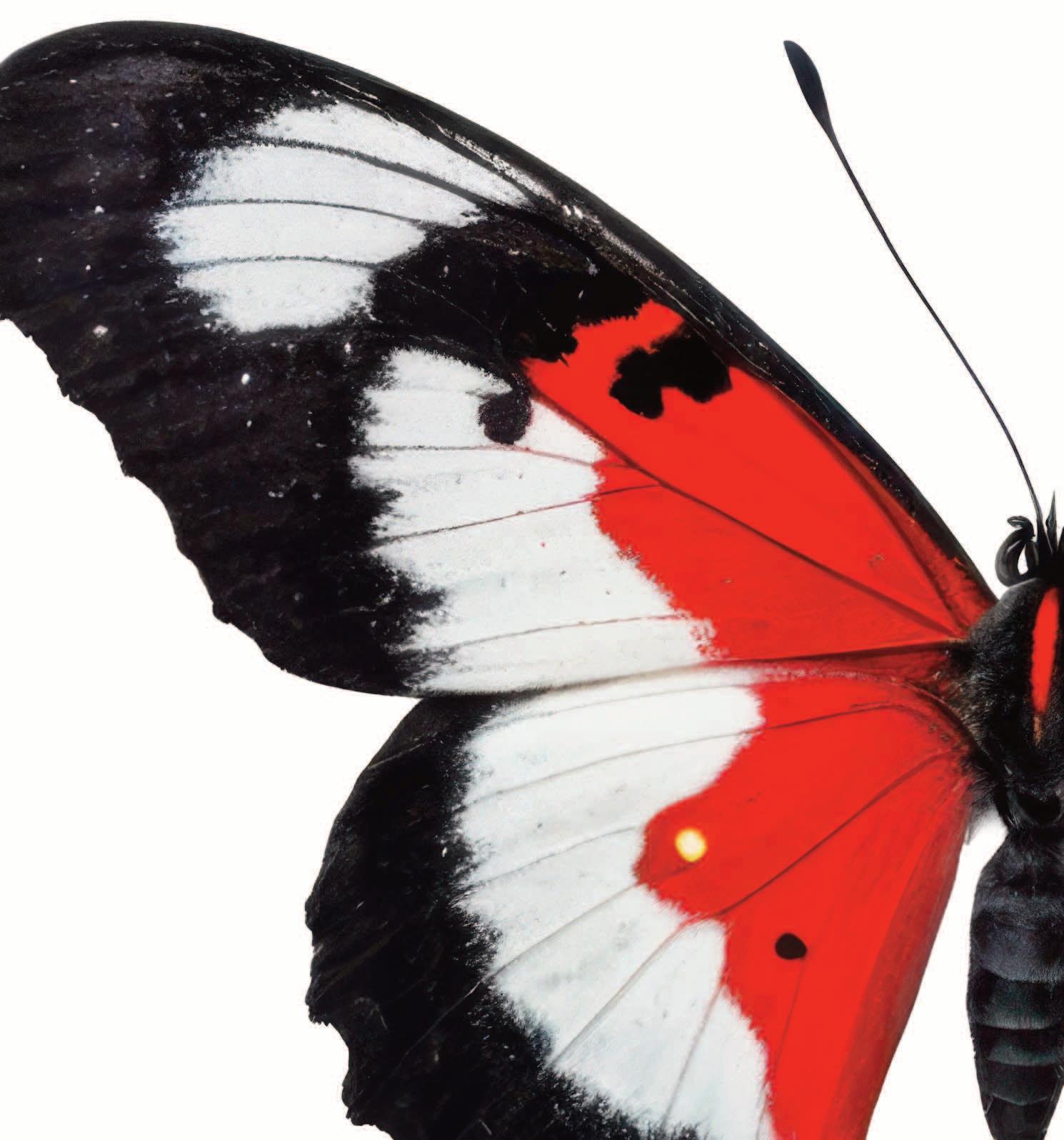
Icommittedto letting my hair go gray with the binding agreement of a Facebook post. Don’t hold me to this, it began before announcing my intention to stop coloring my hair for the duration of the shutdown. One of my undergraduate professors, a woman in her sixties, joked that soon I wouldn’t have to show ID to get senior discounts. I unfriended her immediately.
Most of the 100+ comments that post received, almost entirely from women, cheered me way the hell on. They insisted I’d look great. They said I had their full support. They said they were thinking of doing it, too, especially now that so many of us were cooped up at home. My mother messaged me: Look how much love you’re getting!
But these comments did not make me feel loved. They did not cheer me. What they did was make rise within me the ghosts of girlhood past. If I go gray, I thought, they’ll always have me around to make them look younger and prettier. I’d made a terrible error in posting, I decided. Now I either kept my word and embraced my new role as the ugly friend, or I caved to the brown dye in the bathroom drawer and proved I had no courage.
I’ve had my fair share of regressive moments as a feminist—times when I’ve forgotten that other women are supposed to be my allies or that I’m supposed to be theirs. Now when I read the comments on that post, the vast majority come off as completely sincere and sweet, and my reaction at the time seems so obviously overblown and distorted. We were almost forty, for god’s sake. Why would anyone care what color my hair was?
But I also knew some people would care. Through the years, I’ve taken part in plenty of hometown gossip about which former classmates are aging poorly. I’ve privately snickered at pancake makeup and spray tans. I’ve wondered aloud with old girlfriends about someone’s boob job or Botox. I know firsthand that if you put two women who went to high school or college together, they’re all but guaranteed to make at least passing mention of another classmate’s appearance. And even though I went entire weeks without thinking of any of those people, I suddenly
Last Dye 2025 Long Story
couldn’t bear the thought of Melissa Ksenak and Jessica Dibble sneering at my hair over soy milk lattés.
After the post, I confessed to Jason that I was having serious doubts. “They want me to look old,” I said.
He said, “That might be true now. But your hair is going to look so good gray, they’ll be jealous all over again.”
I didn’t know whether to punch him or take him to bed.
Amy Monticello
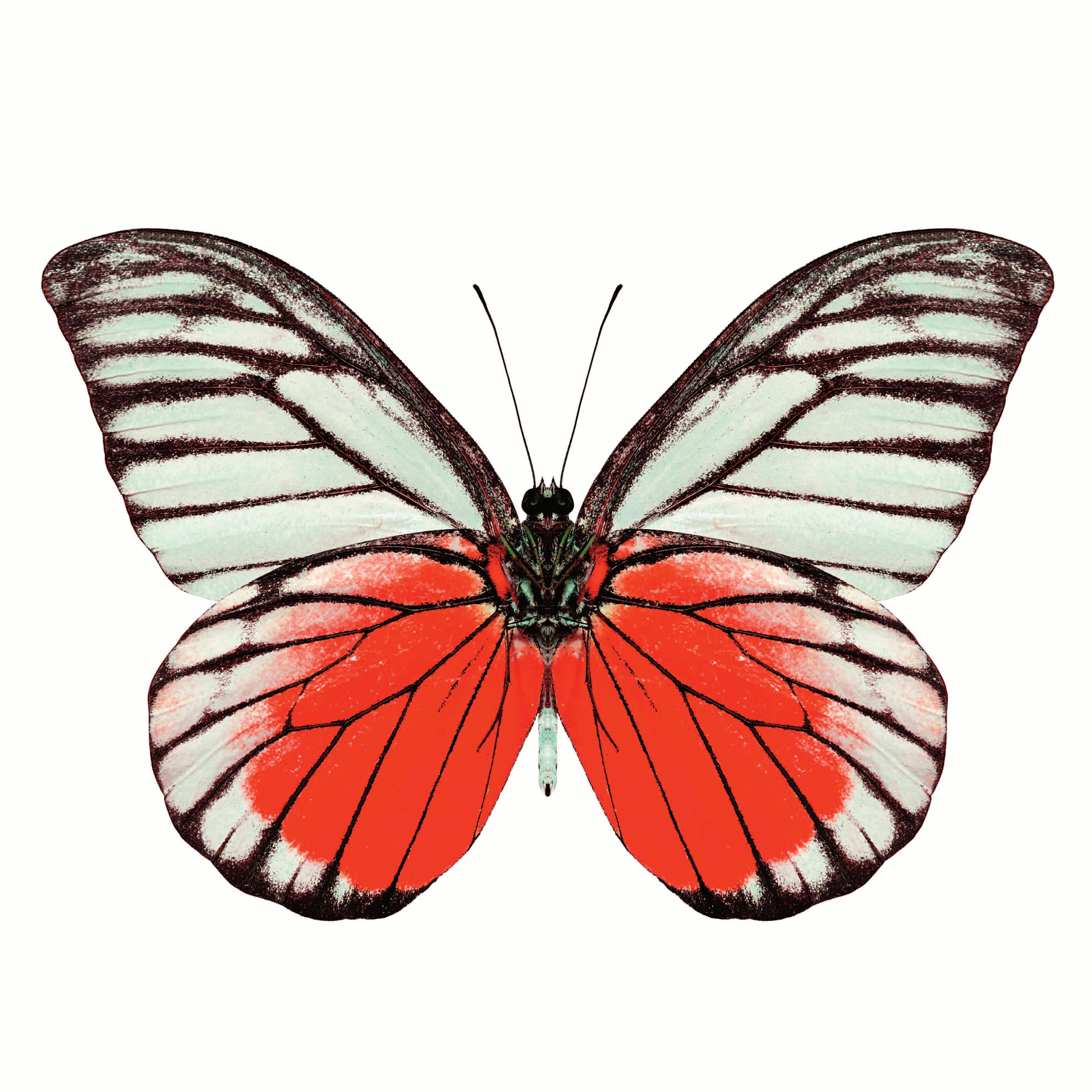

There’s a scene in the comedy series Fleabag that in my estimation contains the GOAT of all hair speeches.
Fleabag’s older sister, Claire, has just gotten a terrible haircut. Her glossy black tresses, part of Claire’s carefully managed corporate image, have been hacked chin-length in an asymmetrical bob by a scissor-happy stylist named Antony. Claire has called Fleabag to a public park, where she’s now in full-blown crisis.
“I look like a pencil!” she wails.
At this point in the series, the sisters’ personal lives are a glorious mess. Fleabag has fallen for a hard-drinking Catholic priest with whom she’s just had sex. Claire, who’s married, is teetering on the edge of an affair—the object of her desire is a Finnish colleague who happens to have the same name as her. (I have a T-shirt with Claire/Klare Venn diagram circles on it. I’ve yet to have anyone get the joke, but it makes me laugh every time.)
Love has made the sisters Coco-Chanel-bold—Claire’s haircut is evidence. But the result terrifies her. “I’m going to lose my job!” she says.
After talking her down a bit, Fleabag drags her sister back to the salon to demand a refund. Antony, busy working on his next client, insists he gave Claire what she asked for. Fleabag protests. Antony goes through the trash can and produces the magazine page Claire had given him as a guide. The model’s asymmetrical bob looks exactly like Claire’s hatchet job.
“Don’t blame me for your bad choices,” Antony tells the sisters. “Hair isn’t everything.”
This claim does not land well with the sisters.
“Hair is everything,” Fleabag says. “We wish it wasn’t, so we could actually think about something else occasionally, but it is. It’s the difference between a good day and a bad day. We’re meant to think that it’s a symbol of power, that it’s a symbol of fertility. Some people are exploited for it, and it pays your fucking bills. Hair is everything, Antony!”
Every time I watch, I stand up and cheer.
Amy Monticello
Hereare some things I don’t do because of my hair: Roll car windows down even on gorgeous days. Wear hats except in winter, and only then to take my kid sledding and come immediately home to shower. Willingly step outside when the dew point is above fifty degrees. Wear ponytails or braids, which stretch my hair into disjointed kinks. Exercise any other time of day except before I shower and apply my products. Vacation in Florida.
On #goodhairdays, I take selfies and feel the urge to go out for lunch. On #badhairdays, I forbid Jason to take pictures of me, no matter how special the moment—cuddling my daughter on the couch or candidly laughing with a friend. I grab his phone and delete myself.
Last Dye 2025 Long Story

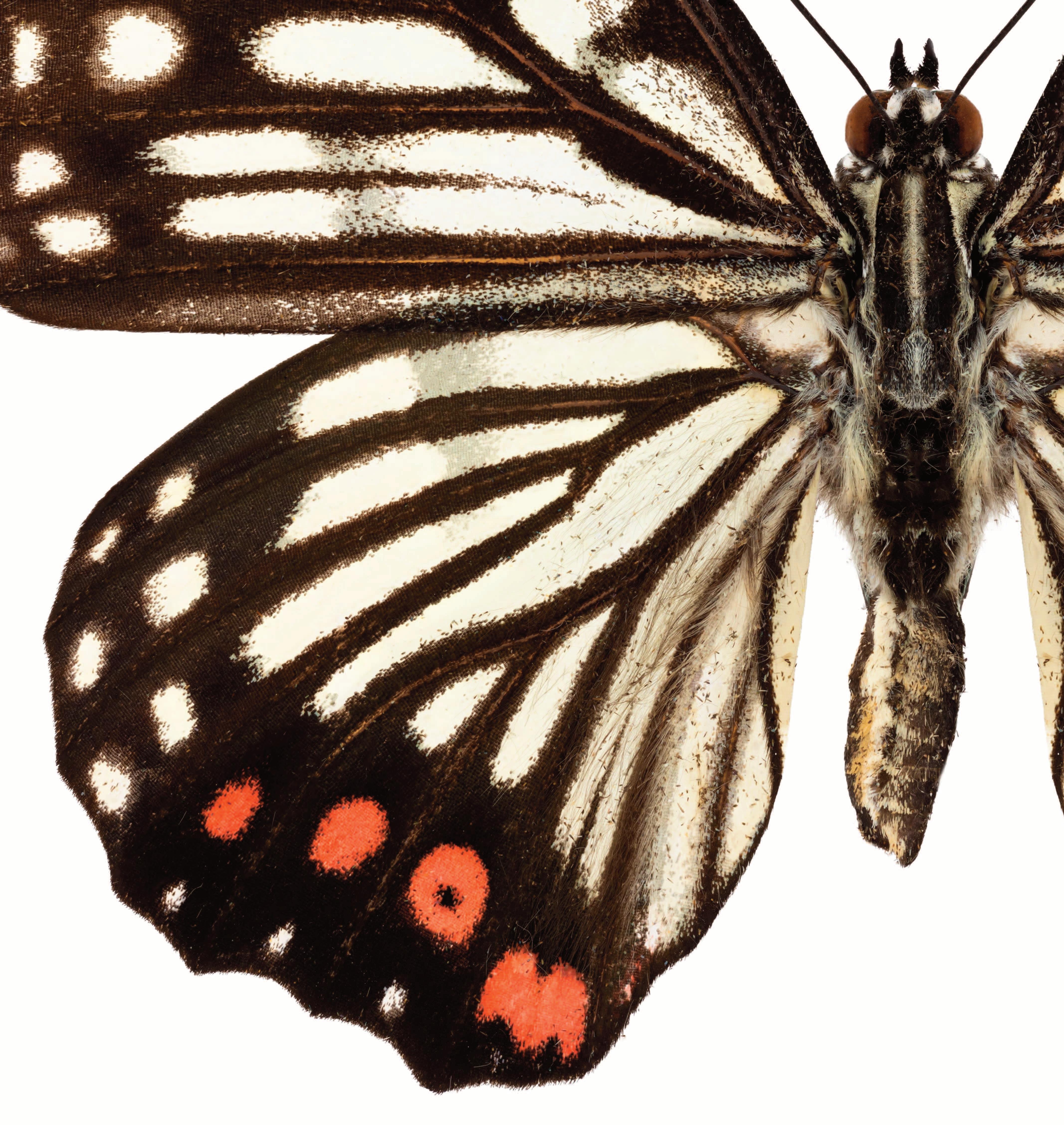
InAmerica, shame swings on a pendulum, and the history of hair dye is a history of women’s shame.
Hair color has been around since at least 1500 BCE. The ancient Egyptians used henna. In the Roman Empire, prostitutes were required to have blonde hair, achieved through the ashes of plants or nuts, or by wearing wigs. Later in her reign, Elizabeth I hid her grays beneath garish red wigs.
In 1863, the English chemist William Henry Perkin accidentally created the dye color mauveine while attempting to create quinine, a cure for malaria. As noble as Perkin’s cause, his result is an example of how medical research often cuts its losses with a little rebranding.
Less than a century later, Jean Harlow became America’s first “platinum blonde,” even starring in a movie by that name as an homage to her famous hair. Some say Harlow went to extreme lengths to refresh her signature color, resorting at times to dunking her hair in Clorox. She never admitted that her white-hot blonde wasn’t natural.
Before the invention of at-home hair dye, it was considered inappropriate9 for women in the first half of the twentieth century—particularly married ones, for whom virtue and purity were wifely qualities—to color their hair. Salons built back entrances so women could sneak in and out for appointments, a secret stylists knew to guard closely for their clientele.
The game changed in 1950 when Clairol introduced Miss Clairol Hair Color Bath, the first at-home treatment. Women could finally cover their grays discreetly in their own bathrooms, sparing themselves the scorn of the neighborhood. “Only her stylist knows for sure,” chirped the advertisements. By the 1960s, hair dye was so ubiquitous that the last year women listed their hair color on passports was 1968. The category had been rendered moot.
9 Read: slutty
Last Dye 2025 Long Story
Today, up to 85 percent of adult women color their hair compared with the 7 percent who colored it in 1950. The pendulum swung again. A 2018 study of online dating trends found that men’s desirability peaks at age fifty—era of the silver fox—while women’s desirability peaks at age eighteen, after which it falls throughout their lifespans. This may help explain why so many women soak their heads in harsh chemicals every three to eight weeks, pushing from their minds any nagging questions about the safety of those chemicals. We’re trying to survive a culture that thinks we peak the year we graduate high school.
But the promise of eternal youth comes at a cost, and not just the expensive salon visits. In “Hair Dye: A History,” The Atlantic’s Rebecca Guenard learns that permanent dyes—unlike henna or other hair-coating types, which are temporary and thus not ideal for covering stubborn grays—are not made of actual pigments, but rather chemicals like ammonia, hydrogen peroxide, and the unpronounceable para-phenylenediamine, which form color when they react to one another. This reaction doesn’t take place before the stylist applies your dye, but while you sit with it on your head. That tingly, icy feeling? It’s a chemical reaction.
These chemicals are considered so damaging and archaic that David Lewis, a one-time professor turned green cosmetics entrepreneur, says we don’t even use them to dye textiles like wool. “Why do they persist on putting it on human heads?” he asks. He explains how color molecules become “electron scavengers” that have to snatch up elements of our own skin in order to work properly. This is what causes allergic reactions, rashes, scabs. Some studies link these chemicals to an increased risk of bladder cancer. They may even affect DNA.
Amy Monticello
Vanity and curiosity have always made me willing to trade my longevity for certain temporary comforts. In college, I dropped acid with my roommate and spent all night chain-smoking Camel Lights and painting flowers on an old rocking chair. I’m never completely honest with my doctor about how many sleep meds I take at night or how many drinks I have per week. Some of the chemicals I put on my face aren’t legal in other countries. For me, these are acceptable trades. I already know I’m going to die, and I’ve been preparing for death since I first understood its inevitability around four years old. Part of my preparation is purposely chopping off a few minutes or hours, even weeks and months, especially if it serves my self-image or pleasure-seeking hormones.
It wasn’t the chemicals in hair dye that made me stop using it. It was the eventuality of having gray hair. I’d long known I would stop coloring my hair at point, that I wouldn’t let myself become a joke like my Italian grandmother, who colored into her seventies, or my colleague with the boxed black dye—not because I thought they deserved the ridicule but because I’m not secure enough to take unapologetic ownership of my appearance. And if my mother with her diet cookies, and my other grandmother with her cottage cheese, and my aunt with her two bathroom scales are any indication, I’m skeptical I ever will be.
This is one of my biggest contradictions: It is because I fear something that I will often do it.10 If I’d known the likelihood of giving birth to my daughter via C-section, given genetics and an early induction, I would have just planned it instead of striving for a vaginal birth over three sleepless nights.
10 Exceptions: Mountain climbing. Skydiving. I’ll have nothing to do with heights—or stinging insects or deep water, either.
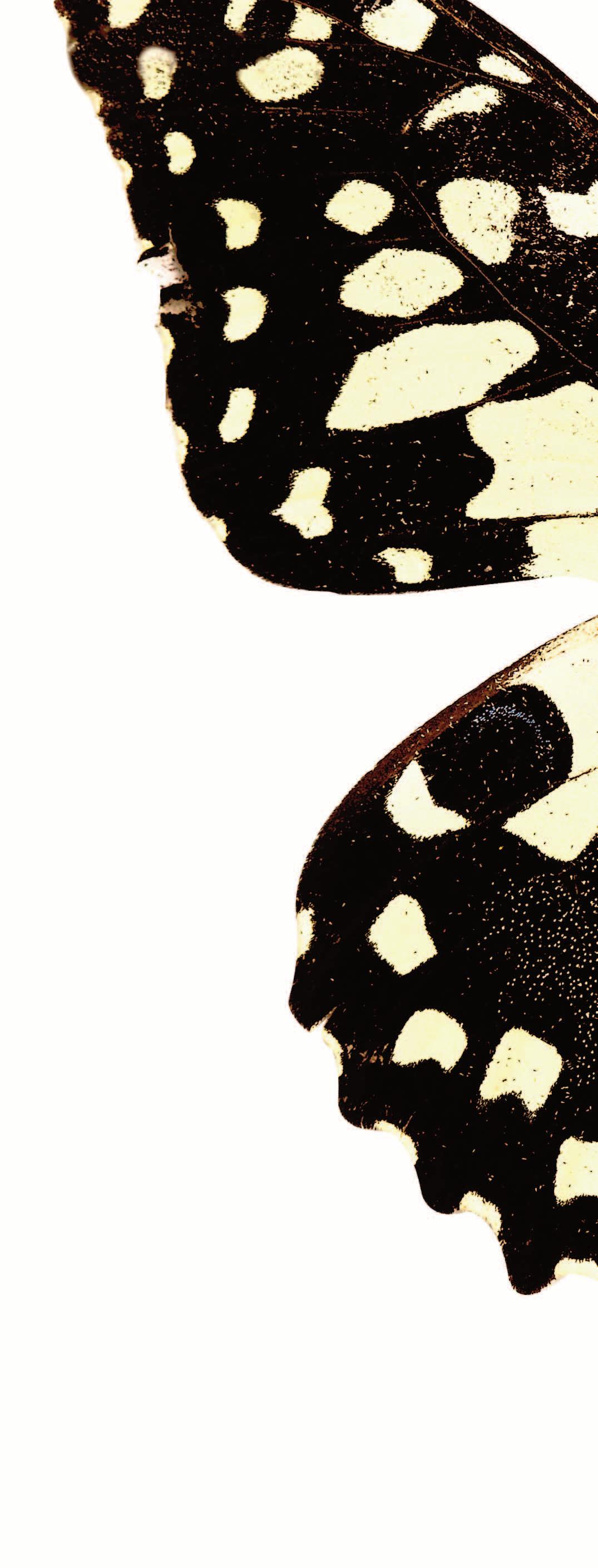
Last Dye 2025 Long Story
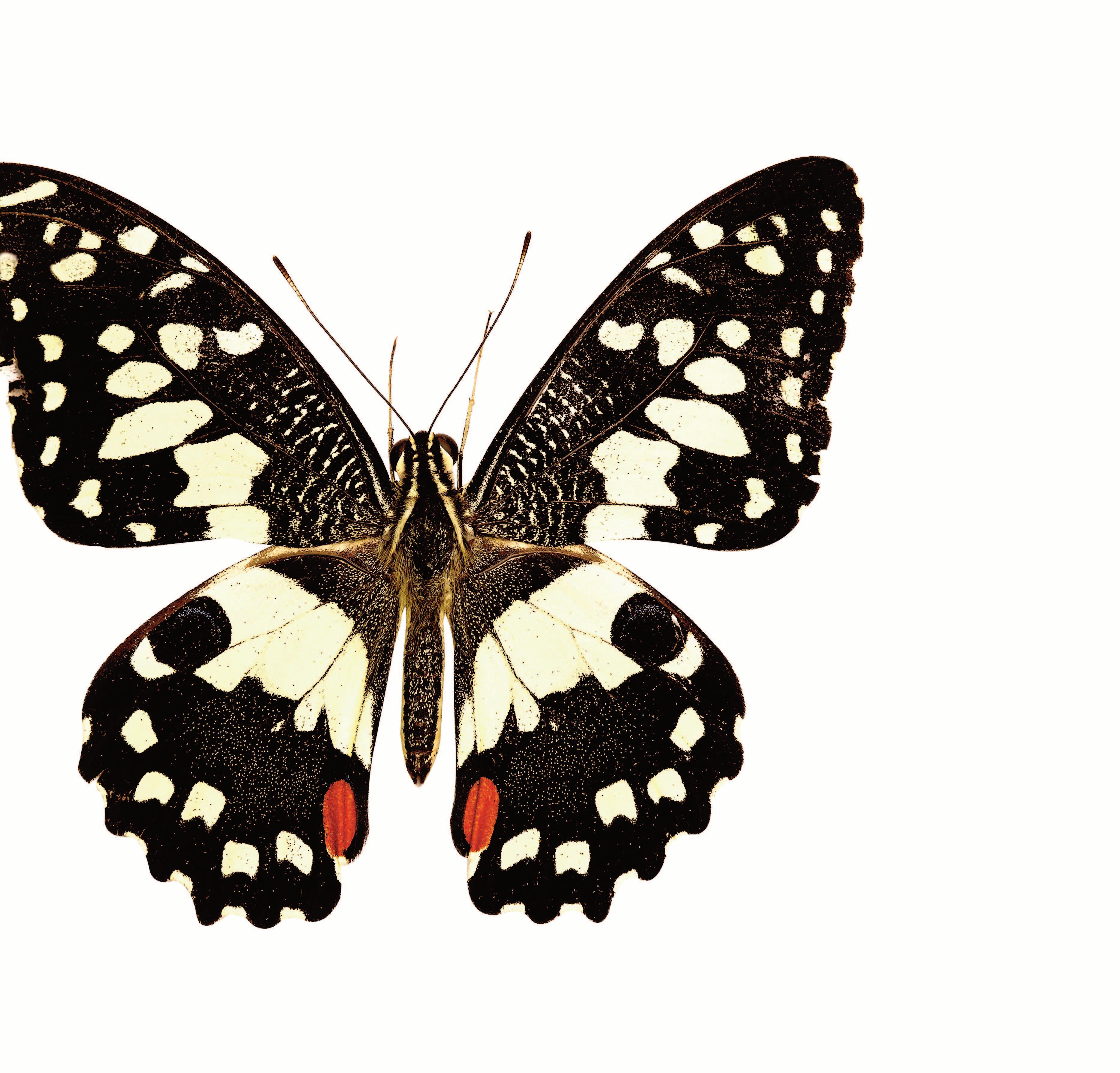
Tomy relief, my new hair (or my real hair?) grew pretty fast. At first, thick patches of snowy hair in the front tricked me into thinking I would indeed go entirely white. But then, Jason got in there with a comb and saw that my roots weren’t white everywhere. Three months in, I was relatively sure I was salt-andpepper. Two bright white streaks slowly climbed down the sides of my face, but the rest grew into a softer blend of brown, white, and steel.
Stacy London who? a former student commented on Facebook, instantly becoming my favorite student retroactively.
I compulsively documented the twenty-three months it took to grow a completely new head of hair. Except for my daughter’s first five years of life, I have never visually captured anything so thoroughly—at least one photo daily, but more often closer to twenty. Part of this was the idleness of the pandemic: while life Groundhog Day’d through 2020 and 2021, there was at least one thing changing, one thing that stood as evidence of time passing and not simply repeating.
I took selfies from every angle and in every room of our apartment. When our university reopened in the fall of 2020, I took selfies in my office, trying to see what my students saw above my mask. I held my phone far above my head for a 360-degree view: behind and underneath it, in profile and straight on, and in the mirror. I even snuck a few in our campus bathrooms. Light, I discovered, made the biggest difference. Direct sunlight, such as on the back steps of our tripledecker where I watched my daughter play with her neighborhood pod, reflected off the whitest hair on top. Shade accented the darker layers within.
On social media, people shared their pandemic projects—novice gardens, sprawling quilts, cleaned garages, knitting projects that turned into whole Etsy shops. In her essay collection Brutalities, Margo Steines buys a sheaf of gold paper to make paper cranes for each day of quarantine, only to use most of it on crumpled, failed cranes.
My pandemic project was the simplest and, for me, the hardest: Do nothing. Wait.
Last Dye 2025 Long Story
In August that first summer—during a lull in cases because people could spend time outdoors—my mother drove to Boston for her first visit in nine months. One night, she stayed with our daughter while Jason and I snuck off to a nearly guestless hotel downtown. We ordered room service and got drunk entirely off the minibar. At night, naked on the white duvet of our uber-sanitized room, which we did not leave once in the twelve hours we were there, Jason reached up and touched one of the streaks that had begun to frame my face.
“You’re becoming more yourself,” he said.
Amy Monticello
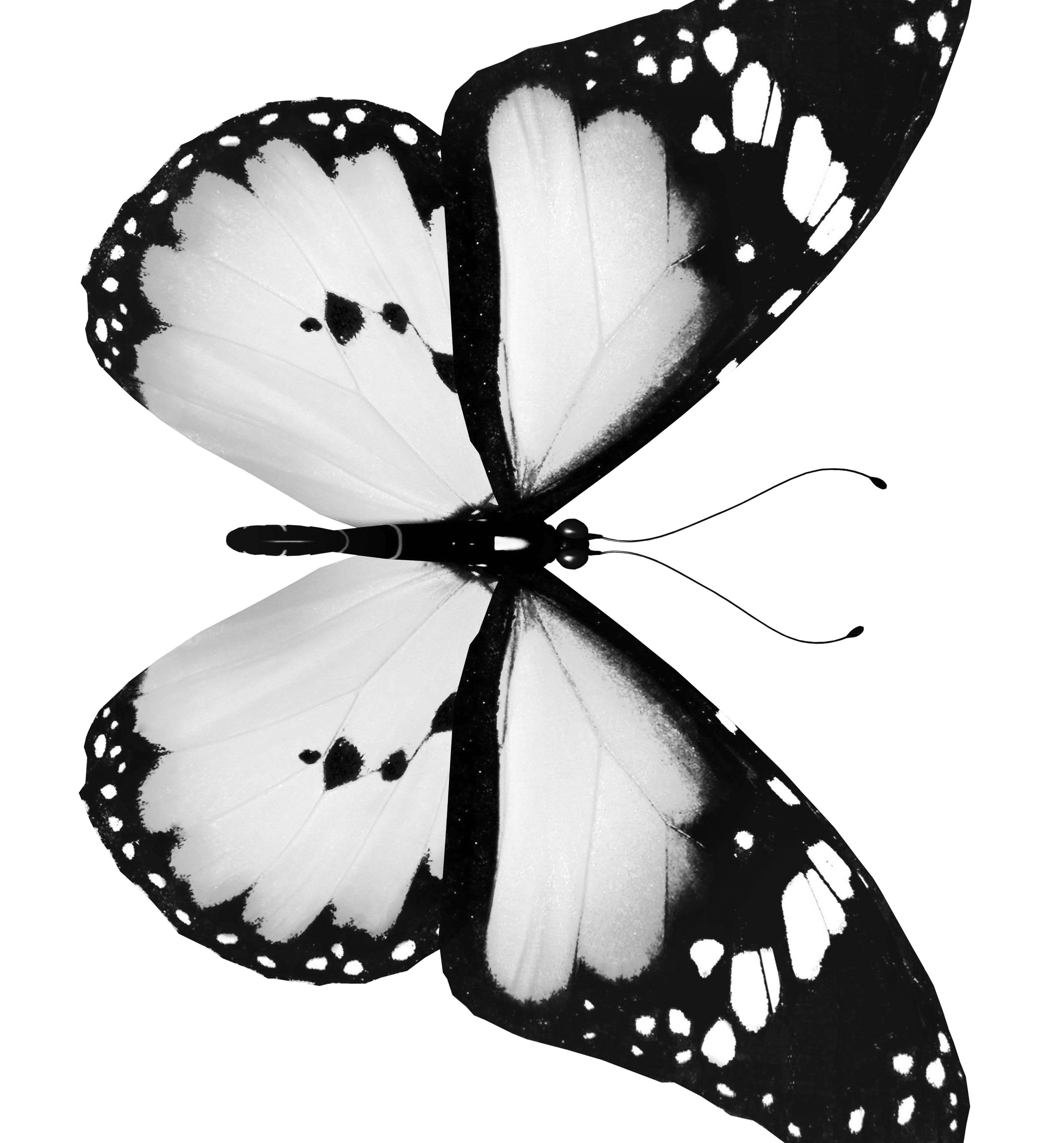

My hair marked time, the pandemic measured in inches. Jason and I learned how to teach in person and online simultaneously, our faces masked and voices mic’d. For second grade, our daughter returned to school three days a week and Zoomed the other two. Life felt halved. We saw the haggard tops of people’s faces. We ventured back into grocery stores but not indoor dining. The privileged among us began seeing small numbers of family and friends in private, well-ventilated spaces after everyone had tested negative, but we still eschewed large gatherings, movies, concerts. Entire categories of life, erased.
At the same time, everyone needed more. My daughter needed help navigating her online classroom, uploading assignments to different Dropboxes, hearing her teachers over the screeching of her unmuted peers. Many days, I’d walk into her room and find her slumped in her blue plastic desk chair, unsure which Zoom she was supposed to join, crying over being late—or tired, or hungry, or lonely.
My students also struggled. Once-controlled diagnoses, both mental and physical, flared big time. They had to up their meds. They had to pick up extra shifts or care for younger siblings, whose schools were closed. All day and night, my inbox pinged with apologies, extension requests, explanations, anxiety. I called our campus health and wellness center, filled out CARES reports, and gave out my cell number for emergencies.
For two years, I white-knuckled my way through each day, pausing only to take another selfie in some newly discovered slant of apartment light.
Amy Monticello
Afterthe vaccines arrived, the experts began to talk less about how long the pandemic would last and more about what its long-term effects would be. There were so many kinds of loss to tabulate in addition to the millions dead.11 Millions more remained chronically ill with long COVID, unable to return to any semblance of normal life. Those with disabilities were left behind in the race to reopen. Economists foresaw doom. Education specialists charted learning deficits, especially in reading and math. A splintered country shifted from fighting about the 2020 election and critical race theory to gas prices and trans kids and abortion once again. Families fractured, which led to article after article about coping with parental estrangement. Anything with fissures before the virus shattered under its pressure.
Hair turning white after prolonged stress or extreme trauma is a trope in religious texts, comics, and anime. It’s often used to signal passage through hardship that leads to a stark, visible transformation.
It is also a real phenomenon: Marie Antoinette syndrome is named after the doomed French queen whose hair allegedly turned white the day before her execution at the guillotine. Photos show that Barack Obama’s hair grayed considerably over the course of his two terms as president, illustrating that the slow grind of stress can produce the same outcome as sudden trauma. A 2020 NIH study indicated that pigment-producing melanocytes in mice could be damaged by exposure to norepinephrine—the stress chemical associated with fight-orflight.
In 2024, I still wince at the sound of someone coughing on the train. My pulse still spikes as another breaking news alert flashes across my phone. My laugh is less often an outburst of joy than a sharp, expectant cackle.
11 These millions are all the more staggering in their relative invisibility to the general public.
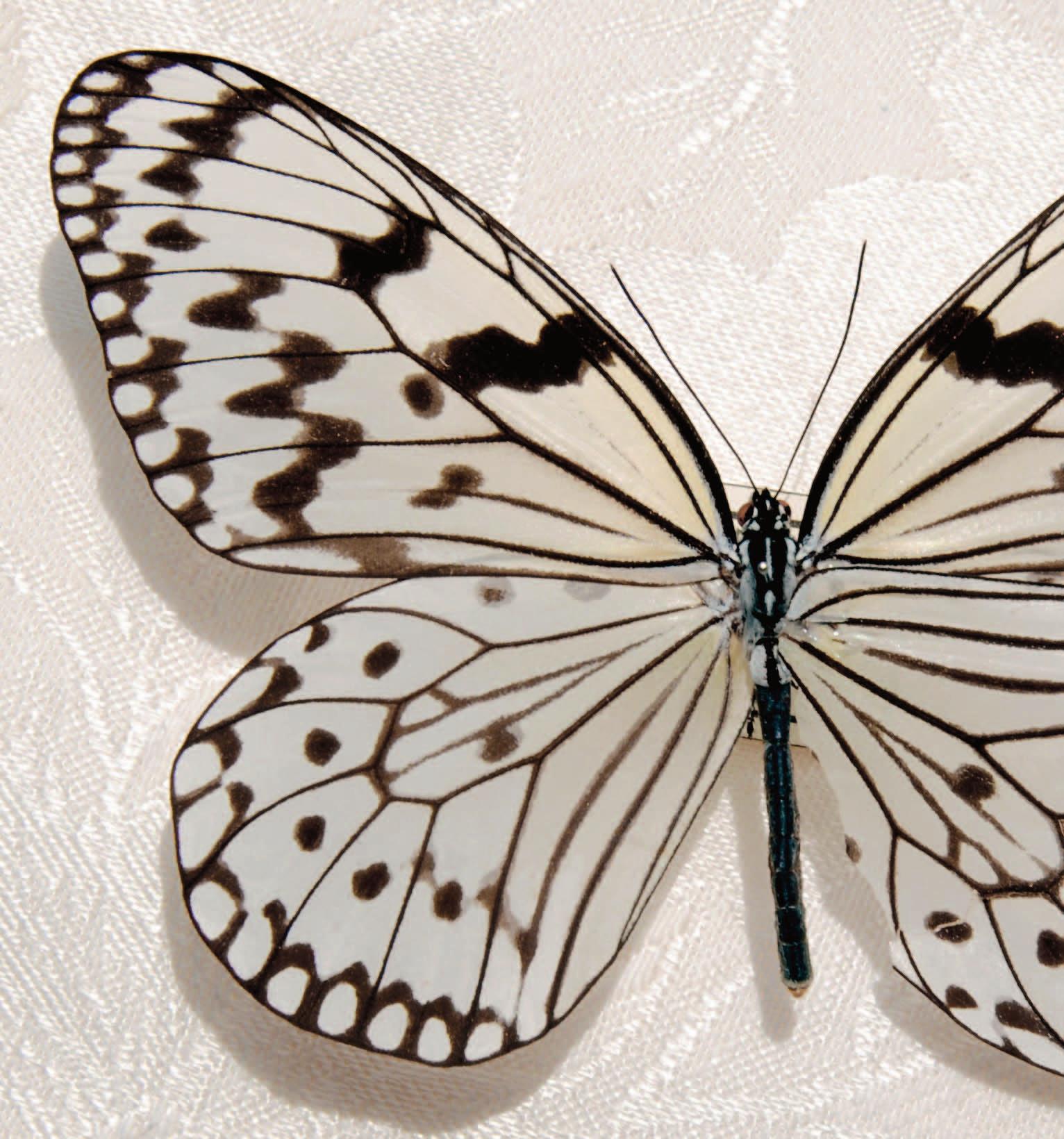
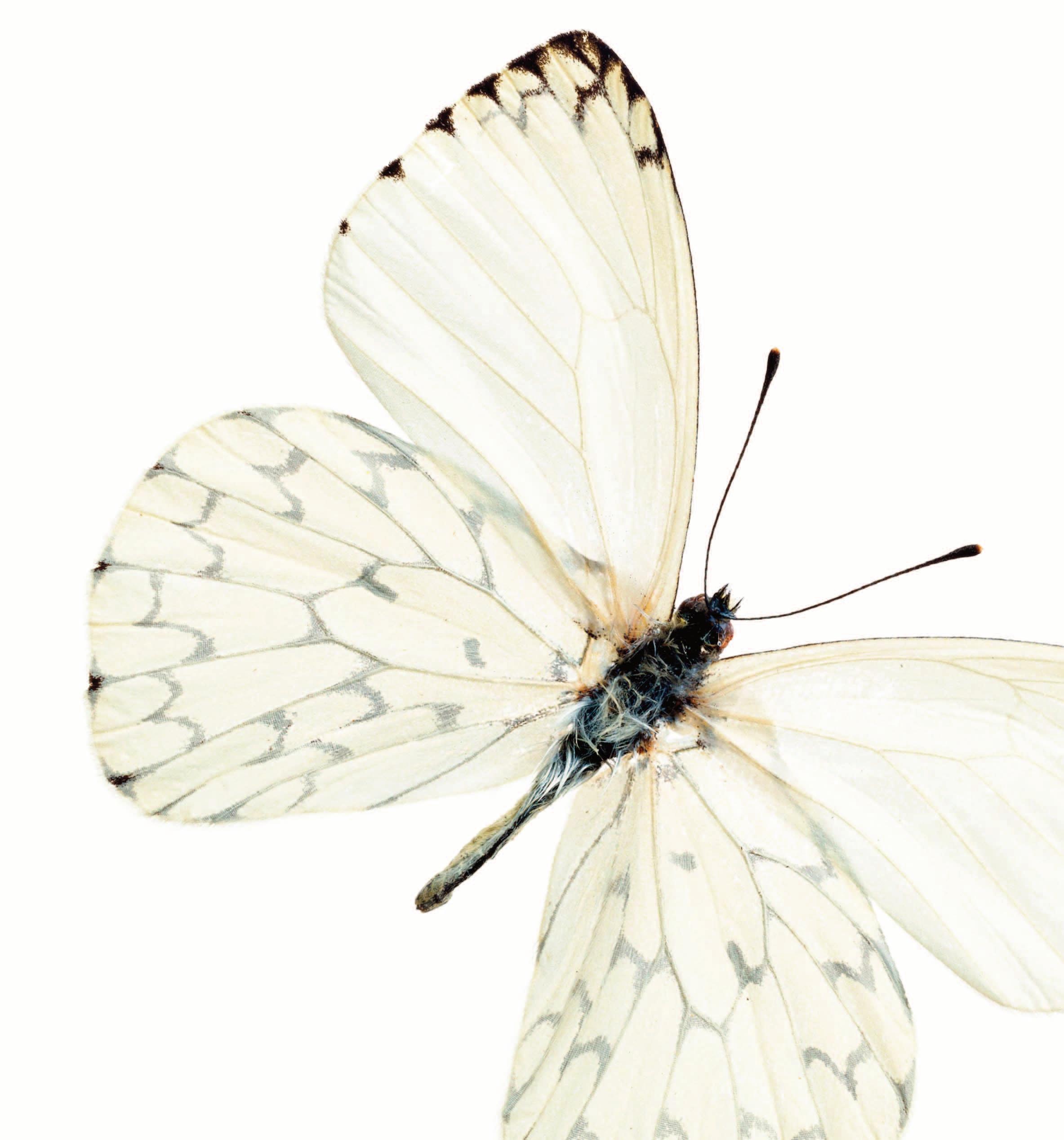

Whenmy father died in 2012, eight years before the pandemic, I longed for a way to silently signal to others the grief that now throbbed in my body every waking second. I envied cultures where mourners wore black clothing or veils or shorn hair. I thought about getting a new tattoo, but my father hadn’t much liked the ones I already had, and I couldn’t think of anything that would both visually represent our relationship and be something tolerable on my body forever. The Yankees logo flexing on my bicep? Tony Soprano’s face grimacing across my thigh? A father and daughter—each lying on separate couches, a coffee table coated in cigarette ash between them, watching war documentaries—as a back tableau or tramp stamp?
If only I’d thought to stop coloring my hair the day he died. What would one year without my father have looked like? Then two years? Then three? It seems impossible that the amount of gray I have now (maybe 70 percent) is the same amount I had thirteen years ago. Before I had a daughter he’d never meet. Before Trump. Before COVID. I wish I hadn’t hidden that story from view—the story of my loss before and after it got all tangled up with the story of the country’s losses. I wish I had taken a photo every hour of every day. I wish I’d taken enough to fill a gallery with my grief.
Amy Monticello
Ihadbeen so concerned about the gossip of straight women that I failed to imagine what queer women would think of my gray. From the earliest thatches crowding my hairline to the final snip of color from the ends of my new “lob,” queer women (and queer men) lit up my comment threads with heart-eye and fire and rainbow emojis. One friend developed a small, short-lived crush on me, and I lived on her confession for a week.
Despite my husband’s enthusiasm for the new highlights I no longer had to pay for, I also failed to predict what other straight men would think. Most straight men didn’t write in the comments; they DM’d, embarrassed it seemed, that they found my hair attractive—a kinkier kink than they were prepared for.
One of my exes messaged me: “Why do I think your hair is so sexy?”
“Because it is,” I wrote back.
Other times, their messages reminded me that there’s a fetish for everything. Strangers would send things like I wanna spray my cum in your grandma hair. These men were frequently younger than me.
And while one well-meaning student did show me a picture of her seventyyear-old yoga instructor and say, “Don’t you look exactly alike?” most of the straight women I knew either genuinely admired or said nothing at all about my hair. If there was gossip, it didn’t get back to me. Out in the city with Jason recently, a woman approached to ask where I got my color done. I took enormous pleasure in telling her I grew it myself.
I noticed a pattern, though. When straight women complimented what even I had come to think was a good result, a common refrain emerged: If my grays looked like yours, I’d do it in a heartbeat.
Ain’t that the truth? I’d thought the same about the women on Gray Hair IG. My childhood hair dresser was my mother’s best friend, and in her basement studio were magazines and look books for clients to use for inspiration. In the ’80s: perms, crimps, bangs, braids. At my current salon, glossies fan out on a mirrored
black table. Women in my mother’s generation asked for the Farrah while women in mine wanted the Rachel or Gwen. We’ve always looked for ourselves in other women. Even when we already know we’re not there.
Amy Monticello
WhenI told my friend Brooke, my favorite gossip partner, that I was writing this essay, she said I had to finish it for her sake. That’s because Brooke’s pandemic project was losing forty pounds. While others picked up the cello and started Substacks, we both let vanity light our way. Only when Brooke said this did I realize growing a new head of hair isn’t exactly punk rock, even if that hair is the color of metal. In any case, her realness made me laugh.
I’m still not entirely sure what Jason meant when, at the hotel, he said I was becoming more myself. Selves are always changing, after all, and no one knew that better than him. But what I think he meant is that I was allowing more of my lived life to be seen. My pregnant body announced what was happening inside our marriage during our (invisible) grief for my father. My gray hair broadcast aspects of my adult experience that I had previously kept hidden.
But when we emerge from something titanic—a global pandemic, the loss of a parent, the birth of a child, the hunt for financial security—shouldn’t we hope we’re different in ways that transcend its trauma? Shouldn’t we be irrevocably altered not just by what tried to kill us but by what we now know is possible in this life?
I used to say my father’s death was my life’s most instructive experience. I knew I was supposed to say I’d give back every bit of insight it gave me to raise my father from the dead, and while a part of me, the daughter in me, will always wish to make that trade, another part doesn’t want to give up what I’ve learned through losing him—things I could only have learned that way.
A curious thing about age and mortality: gray hair appears when pigment cells—those melanocytes—die out. After my first root canal, my dentist referred to the now no-longer-in-excruciating-pain tooth as “dead” because it no longer had any nerves inside it. It couldn’t recoil at too hot coffee or the sudden freeze of a popsicle. It was just a husk, a tiny empty tomb.
We are always dying in parts. We are always surviving, too.

Last Dye 2025 Long Story
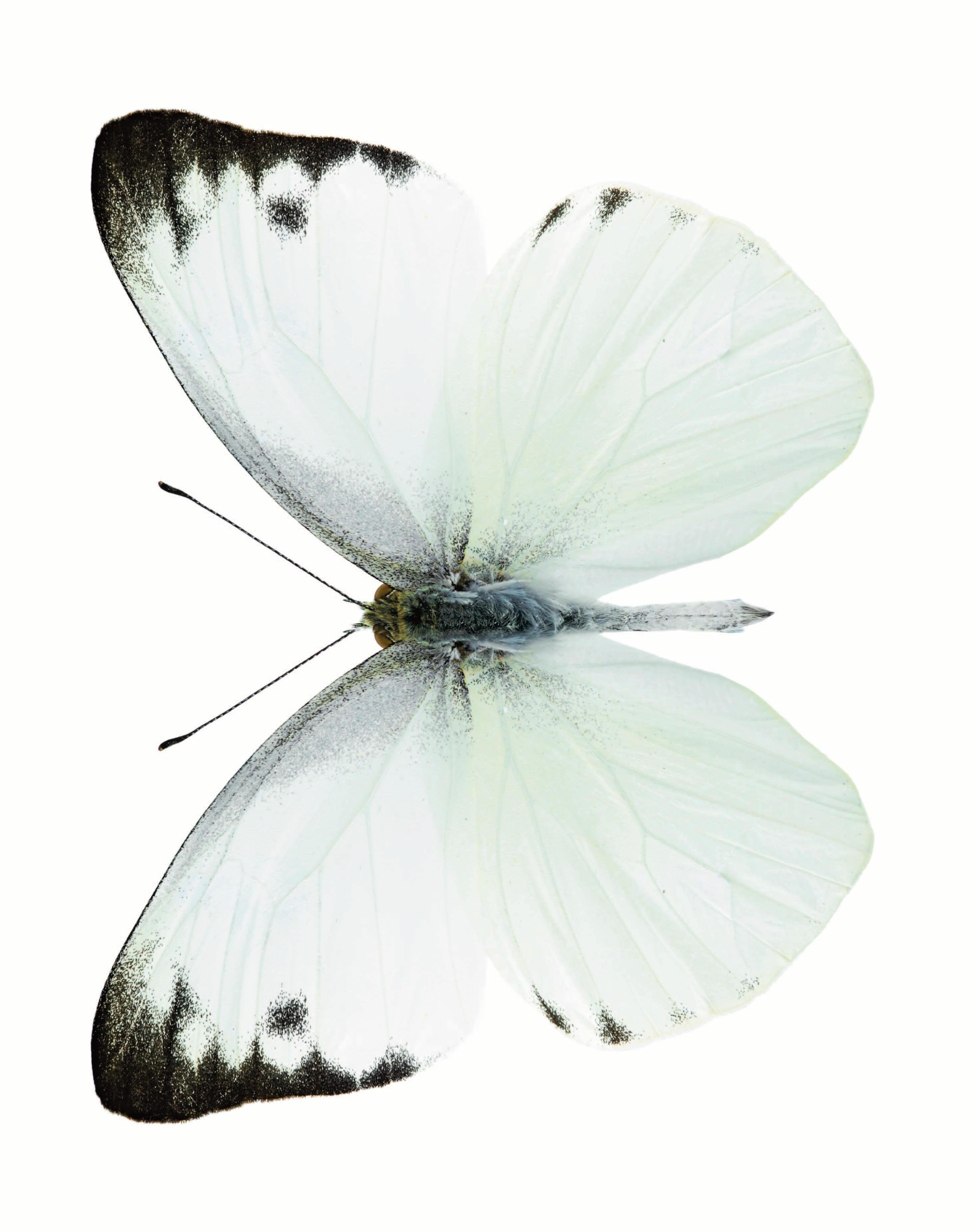
In the summer of 2023, a year after the last of my dye was snipped off at the salon, I went to Chicago to visit some friends. Since my father’s death, I’ve gravitated toward women a little older than me. Not necessarily because they’ve also lost parents (though many have), but because they’ve lived long enough to never use the words I can’t imagine. They don’t blink when I talk about my grief, my exhaustion from work, my perimenopause, or any other gray-hair-inducing experience of middle age. These women are more like, “Welcome to the party, Amy. Here’s your complimentary night guard for that TMJ we know you have.”
On our last full day together, we went to the beach. “But this is a no-fucksgiven beach trip,” our friend Gina, a Chicago native, said. She’d borrowed a bikini from one of her twenty-something daughters, and instead of donning the chaste black one-piece I usually wore, I put on the jade green bikini I always packed “just in case.”
Gina brought us to a small strip of golden sand at the end of an unsuspecting road—a spot only locals would know. In our sticky SPF 50, we walked down a ramp until the blue of Lake Michigan stretched before us, its white-crested waves knocking against the shore.
There were high winds that day. Although a lifeguard sat on duty, no one was in the water. The lifeguard told us the water was too rough for swimming—riptides, he said. Instead, we unrolled our towels and settled down with our books and cans of seltzer.
My friends’ children were all grown or on their way. My daughter was still nine. Had it been a beach day with her, there would have been no need for a novel. Jason and I could never manage to take an eye off her while she waded around in Massachusetts Bay. For us, beach days meant one of us constantly asking, “Do you still see her?” and the other scanning and then answering, “Yes, she’s right there.”
But I had come to Chicago alone, and sinking into the warm sand next to other middle-aged women in bikinis, three of us with hair as gray as mine, was the 42 Last Dye 2025 Long Story
most at ease I had felt in a long, long time. My friend Zoe and I talked about me finally reading Ferrante’s novels, one of which I clutched in my hands. Gina and Elissa talked shop about their freelance businesses. At times, we all fell silent, faces upturned to the sun, seltzer cans encrusted in sand like jewels.
The water kept calling Elissa. She desperately wanted to feel it on her skin. “Do you think he’d kick us out if I slipped in really quick?” she asked us of the teenage lifeguard scrolling on his phone. We told her she could just plead ignorance if he got pissed. Out-of-towner.
Instead, she walked up to the lifeguard stand—her thick curls the color of swans and doves, held in a loose bun at the nape of her neck—and managed to get the kid’s attention. We couldn’t hear what they said, but we watched as Elissa gave him a wave and then walked purposefully into the water. When the waves hit her waist, she undid her hair and dove under. When she emerged, hands clasped behind her head, I snapped a picture. In the frame, her hair, her body, the water: it is all free.
Amy Monticello
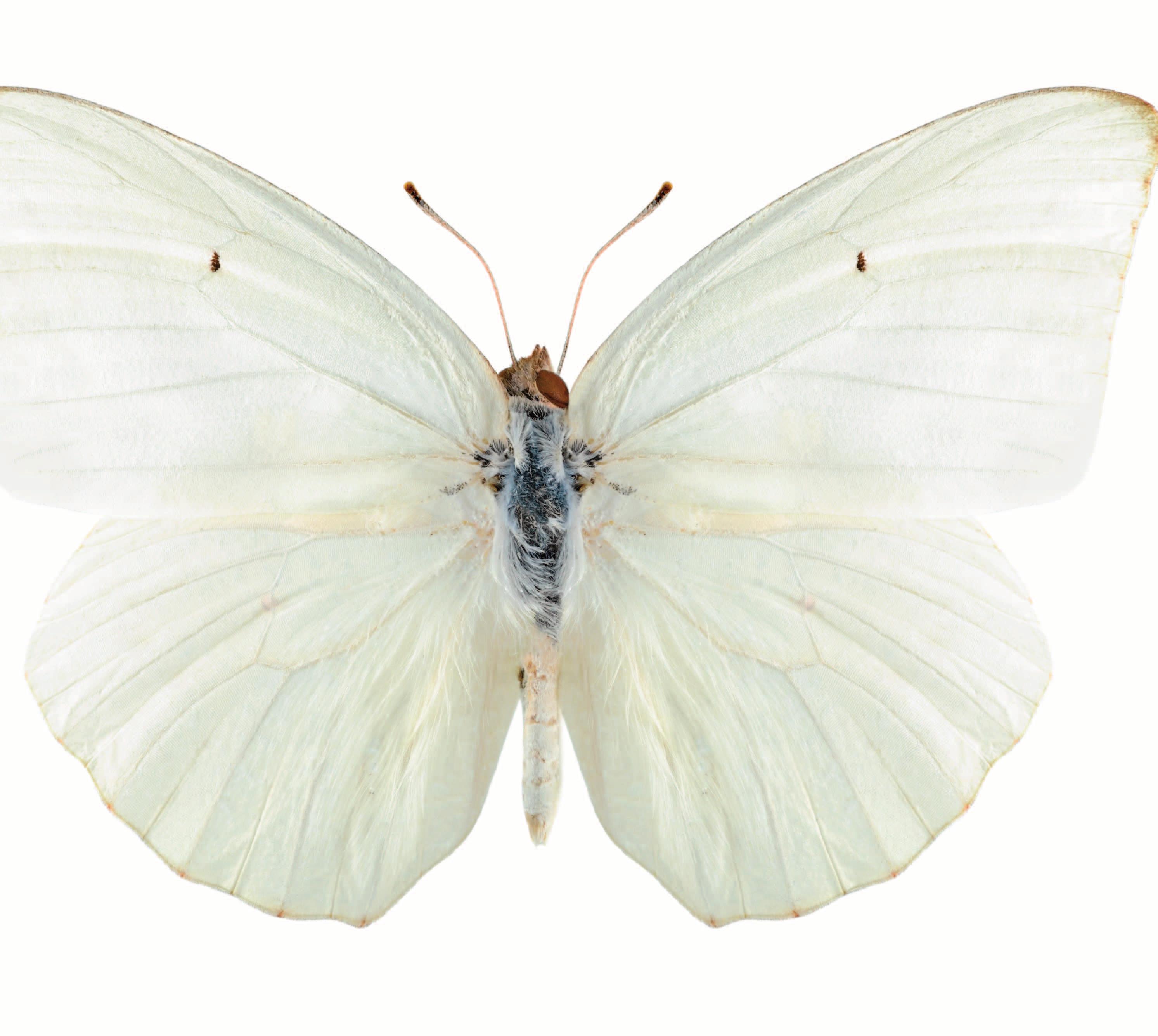

Amy Monticello is the author of Close Quarters, a chapbook memoir about unconventional divorce (Sweet Publications), and the essay collection How to Euthanize a Horse, which won the 2016 Arcadia Press Chapbook Prize in Nonfiction. Her work has been published or is forthcoming in the Los Angeles Review of Books, the North American Review, Brevity, under the gum tree, Hotel Amerika, CALYX, The Rumpus, and Assay: A Journal of Nonfiction Studies; anthologized in Going Om: Real-Life Stories On and Off the Yoga Mat; and listed as notable in Best American Essays 2013. She is also co-author, with Jason Tucker, of The Routledge Introduction to American Life Writing (2023), part of Routledge’s Introduction to American Literature series. She teaches at Suffolk University and lives in Boston with her family.
About her long essay, “Last Dye,” Monticello says, “Even when I was still growing out my gray hair, I knew I'd want to write about it. My hair had become a conversation piece, and I found those conversations with everyone from my husband to my students fascinating. But what I found even more fascinating were my own responses, which could be far less generous to myself and others. I didn't start writing the essay until nearly two years after I completed my gray transition, and this gave me time to a) fall in love with my new hair, and b) find the humor in my previous anxieties and actions. Unfriending a college professor on Facebook?! In retrospect, my own pettiness was alarming but also hilarious in its extremity and direct contradiction of my professed feminism. As I write more essays about "aging gracefully," I find myself drawn to capturing the graceless, even regressive parts of it.
Amy Monticello
Amy Monticello
Iron Horse Literary Review would like to thank its supporters, without whose generous help we could not publish Iron Horse successfully. In particular, we would like to thank our benefactors and equestrian donors. If you would like to join our network of friends, please contact us at ihlr.mail@gmail.com for information on the various levels of support.
Benefactors ($300)
Wendell Aycock
Lon and Carol Baugh
Beverly and George Cox
Richard Crider
Sam Dragga
Madonne Miner in memory of Gordon Weaver
Equestrian ($3,000 and above) in memory of Charles Patterson
TTU English Department, Chair Michael Faris
TTU College of Arts & Sciences, Dean Tosha Dupras
TTU Graduate School, Dean Mark Sheridan
TTU Provost’s Office, Provost Ronald L. Hendrick
TTU President’s Office, President Lawrence Schovanec
